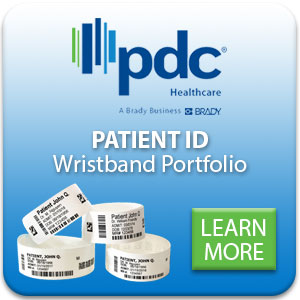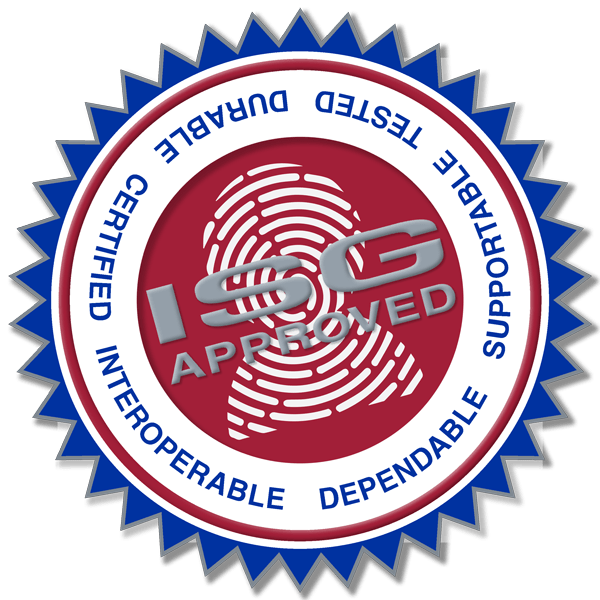Every patient, procedure, and staff member in an Ambulatory Surgery Center (ASC) relies on accurate patient identification. Patient identification wristbands are crucial to ensuring patient safety as they provide a critical link between the patient’s identity, electronic medical record, and treatment. With the high volumes ambulatory surgery centers have to handle, it’s critical to stay updated with the latest patient identification solutions. There are multiple signs that indicate your ASC should upgrade its patient ID solutions, and acting on these signs can be the difference in avoiding medical errors.
1. You Aren’t Using Barcodes on Your Patient Wristbands
Some ambulatory surgery centers are still using patient ID wristbands that are handwritten or don’t have a printed barcode. Barcodes should be used in ambulatory surgery centers to make it easy to verify a patient’s identity and tie them to the right medication, treatment plan and their EMR. It’s more difficult for staff to manually make note of medications or wellness checks, while printed barcodes effortlessly increase staff efficiency and reduce the opportunity for human error. The barcode on a patient ID wristband is an essential part of the overall patient ID system, allowing staff to access all of a patient’s necessary information with just a quick scan.
2. Patient Info or Data is Fading or Smudged on the Patient Band
Staff members can struggle when barcodes or patient information on wristbands is faded, worn-out, or illegible. It is key to patient safety and workflow efficiency that patient ID wristbands are crisply printed and easily readable for medical staff during the patient’s entire stay. If the printed info on your ID bands is lightly printed or smudged, it could be time to upgrade to a better wristband, printer, or both. With PDC’s latest patient ID solutions, your ASC can worry less about reprinting ID bands and focus more on patient care.
3. Your Staff Uses a Shared Printer for Patient ID Bands, Labels & Paperwork
If you’re using laser-printed wristbands, your staff could be using one shared printer for patient wristbands, labels, and general paperwork. This leads to delays in identifying patients while your staff waits for their turn at the printer. It also can lead to identification errors if a clinician grabs the wrong patient ID band or label from the shared printer tray. If this is the case in your facility, you could consider switching to thermal printers for patient ID bands and labels. These quick, lightweight printers are inexpensive with a small footprint, meaning your staff can have a printer dedicated to their specific workstation.
4. You Are Experiencing Printer Technical Errors
Printer jams and technical issues can be common in ambulatory surgery centers. A damaged printhead or issues with ink/toner cartridges can lead to smudges or spots on the barcode, making it difficult or impossible to scan. This can lead to inefficiencies, identification errors and even medical errors. So, while printer issues may seem like a minor inconvenience, these recurring events can be frustrating for your staff and costly to your facility.
Reliable Patient ID Wristbands from the ISG
If any of these problems hit close to home, it’s time for your ASC to consider upgrading its patient ID solution. The ISG has over 40 years of experience with healthcare patient ID solutions, making us the perfect partner as you consider a change. Our nationwide network of ID, tracking and security experts is constantly adapting our offering to meet the needs of our customers and their systems.
Contact us and we’ll put you in contact with your local ISG member dealer to help you navigate through your label and wristband needs and find exactly the right solution. If you still aren’t quite ready, feel free to take a look at some of our more popular wristbands and labels, thermal printers and patient ID systems.
Original article written by Luciano Arnone for PDC blog.


